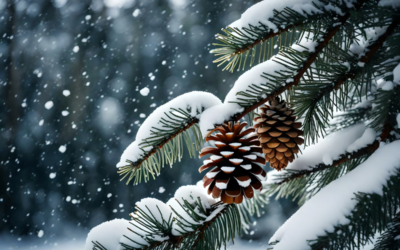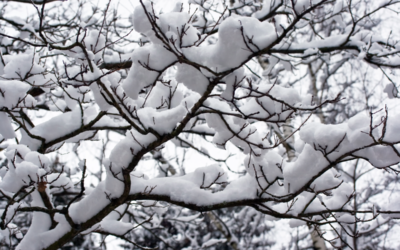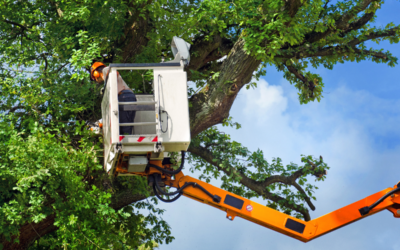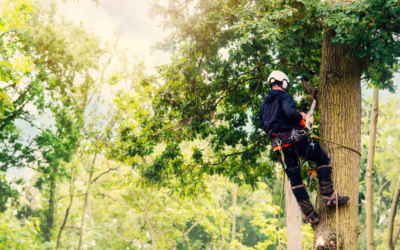There’s nothing quite like the scent of a fresh-cut Christmas tree to put you in the holiday spirit. And there’s nothing like cleaning up fallen, dried-up needles and dragging it to the curb to get you out of it.
That’s one reason why more and more people are choosing living trees for holiday decoration, and now’s a great time to choose one that’s right for you.
Here are some things to consider when you shop:
Will the Tree Stay Indoors?
If you’re thinking about a small tree that will stay indoors, a Norfolk Island Pine or Italian Stone Pine can live indoors for several years under the right conditions. The stone pine and its close relative the umbrella pine are slow growers, taking as much as ten years to reach five feet in height. Japanese umbrella pines are favorites for bonsai, and the stone pine is the main source of pine nuts in Mediterranean dishes.
Slow-growing Norfolk Island Pines are most often houseplants in the US since they’re only hardy in warm areas. All three plants can be moved outdoors in the summer with proper attention to acclimating them from one locale to another. Umbrella pines can be transplanted outdoors in Zone 5 but need protection from extreme cold.
Trees to Transplant
Transplantable trees are good choices for living Christmas trees, but they have some things to consider, too.
- First, the tree must be a species that grows properly outdoors in your climate zone. For most of Colorado’s Front Range, that is Zone 5, but higher elevations may be more restrictive. Good choices include:
- Colorado Blue Spruce
- Norway Spruce
- Dwarf Alberta Spruce
- Blue Point Juniper
- Nordmann (Caucasian) Fir
- White Pine
- Holly Shrubs
Choose unsheared landscape-grade trees in 5-15-gallon cans.
- Second, if you intend to plant the tree after the holidays, plan ahead. Dig a hole before the ground freezes and fill it with mulch to spread around the tree base once it’s planted. Store the excavated soil in a garage or other sheltered spot to keep it workable.
- Better yet, plan to use the tree as a container plant for a few years. Leave the tree in its nursery container for the first holiday. That way you don’t add multiple shocks to the new tree. Just remember that even small trees can weigh a lot with their root balls, so plan how you’ll be moving it.
- Acclimate your tree when moving it indoors and out. Leave it in an unheated space like a garage for a few days and check for bugs before bringing it inside, for a few hours at first, gradually increasing its indoor time over three-four days. Reverse the process when moving it outside to harden it off.
- Remember, your tree is alive and growing. It needs light and water. Set it in a watertight container in its nursery pot and protect your floor with a waterproof cover. Use straw or peat moss to hold in moisture and keep it away from heat sources and drafts to slow down drying. Water when the top two inches of the soil feels dry. Using an antidessicant spray can also slow water loss.
- Don’t leave it indoors too long. Most transplantable trees can only be indoors for a week to ten days. If kept indoors longer, they may be stimulated to start tender spring growth and not survive outdoors in cold weather.
- Go easy on the ornaments, especially lights. Too many can weigh down branches and cause them to grow in a direction you don’t want. Strings of lights can get hot, scalding leaves and branches, drying them out, and creating a fire hazard. Use LED lights for minimal heat gain.
Keep these guidelines in mind and you can enjoy a living Christmas tree for many years. And if you need help when it comes time to replant it outdoors, Donovan Arborists offers planting, pruning, and shearing services as well as a complete landscape maintenance package for property in the Denver area. And we’re always happy to give free estimates to homeowners and property managers for any services they may need.




